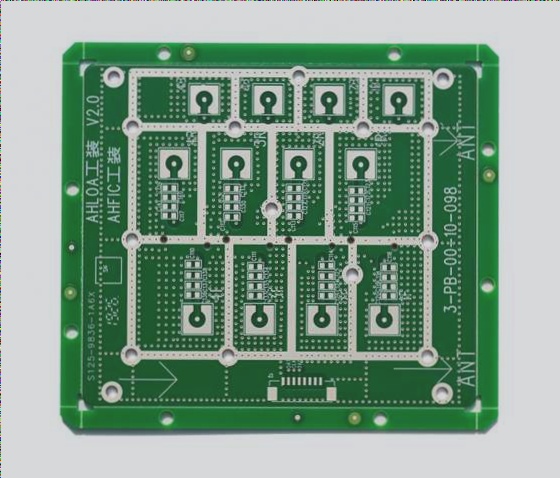Common PCB Design Issues and Solutions
- EMI Compliance Challenges:
- Impact on IoT Devices:
- Factors Contributing to Poor EMI Design:
- Mixing digital and analog circuits
- Improper clock driver placement
- Poor routing causing crosstalk
- Issues with layer stacking
- Understanding Signal Propagation:
- Physics Behind Circuit Design:
When ensuring products meet EMI standards, poor PCB design can lead to delays and compliance failures.
Designers of IoT products often face issues due to subpar PCB design affecting GPS and Wi-Fi receivers.
Proper PCB stackup design is crucial for signal integrity and preventing sensitivity loss in receiver circuits.
Electron flow, transmission line circuits, and the role of capacitors in signal propagation.
Enhancing PCB Performance
- Practical Application of Circuit Design:
- Working Principle of Capacitors:
College courses may overlook practical PCB design applications, impacting signal propagation understanding.
Exploring how capacitors facilitate electron flow and the concept of displacement current in AC circuits.





